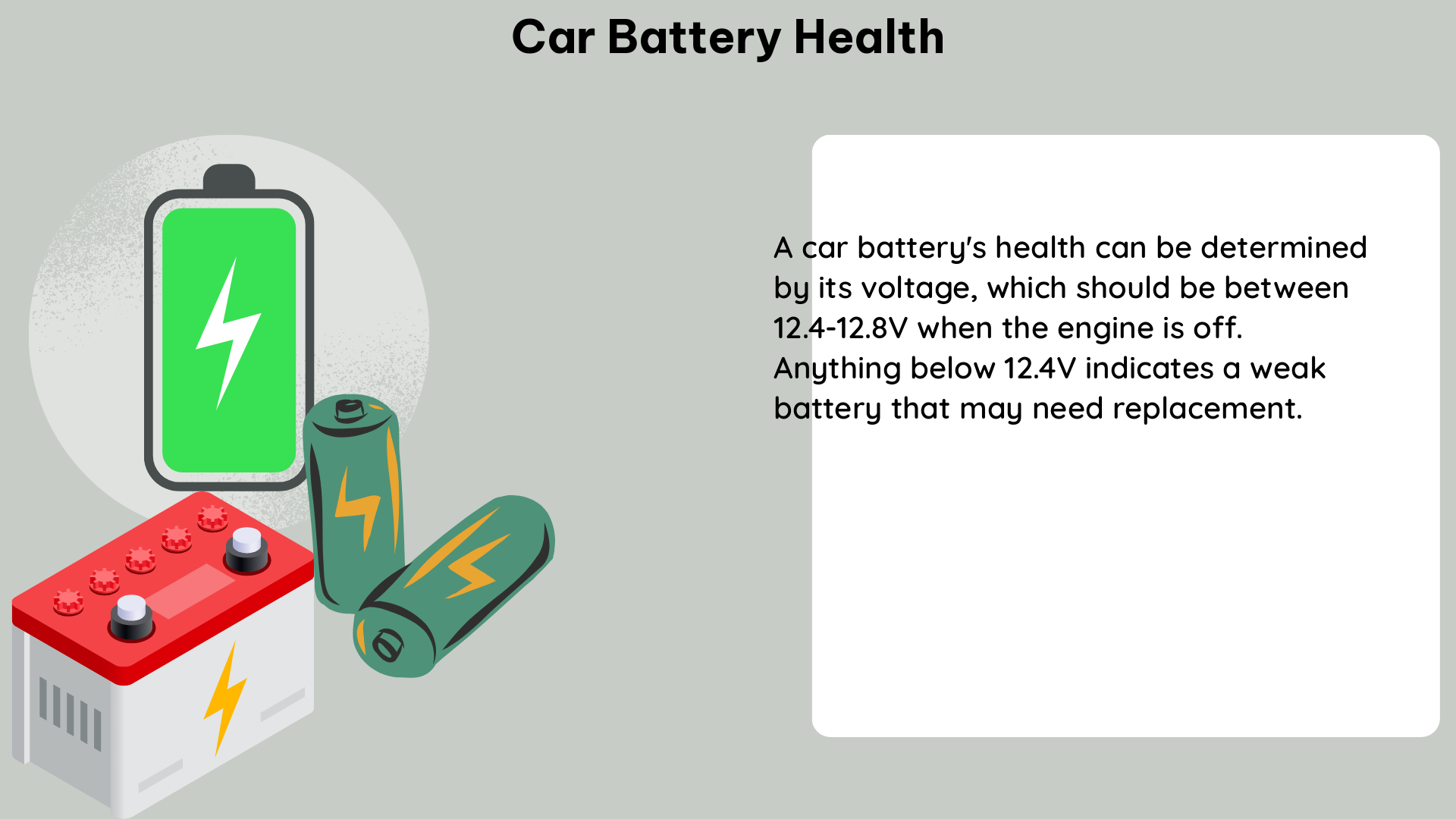As electric vehicles (EVs) continue to gain popularity, understanding the health of your car’s battery has become increasingly crucial. The battery is the heart of an EV, and its condition directly impacts the vehicle’s range, performance, and overall longevity. In this comprehensive guide, we’ll delve into the various metrics and techniques that can help you monitor and maintain the health of your car’s battery.
State of Health (SOH)
The State of Health (SOH) is a crucial metric that represents the battery’s current capacity compared to its original capacity. It is a percentage that provides a clear indication of the battery’s overall health, with a higher SOH indicating better health. To calculate the SOH, you can use the formula:
SOH = 100 * MC / OB
Where:
– MC is the measured capacity of the battery
– OB is the original battery capacity
Monitoring the SOH over time can help you identify any degradation in the battery’s performance and take appropriate actions to maintain its health.
Watt-hours (Wh)

Watt-hours (Wh) is a standard unit of measurement for batteries, and it represents the amount of energy a battery can deliver in an hour. This metric is crucial for understanding the battery’s capacity and its ability to power your EV. For example, a 50 kWh battery can deliver 50,000 watts for one hour.
By tracking the Wh of your car’s battery, you can monitor its capacity and identify any significant changes over time. This information can help you plan for battery replacements or upgrades, ensuring your EV maintains its desired range and performance.
Energy Density and Specific Energy
Energy density and specific energy are two important metrics that provide insights into the battery’s design and performance.
Energy density is the amount of energy a battery contains relative to its size, typically measured in watt-hours per liter (Wh/L). This metric is crucial for product designers and cell manufacturers, as it determines the battery’s size and weight for a given application.
Specific energy, on the other hand, is the amount of energy a battery contains relative to its weight, measured in watt-hours per kilogram (Wh/kg). This metric is also essential for product design, as it affects the overall weight and portability of the EV.
Monitoring these metrics can help you understand the battery’s efficiency and its potential for future improvements in range and performance.
Calendar Life
Calendar life is the degradation that occurs in a battery over time, even when it’s not in use or being charged. This type of degradation is additive with the cycle life degradation, which is the degradation that occurs during the charging and discharging cycles.
For example, if a battery experiences a 10% drop in capacity due to calendar life and an additional 10% drop due to cycle life, the remaining capacity would be 80%. Understanding the calendar life of your car’s battery can help you plan for battery replacements and ensure the longevity of your EV.
Charge Rate or Speed
The charge rate or speed is a measure of how long it takes a lithium-ion battery to be recharged after use. This metric is often expressed in terms of time and capacity range or C-rate. A higher charge rate, or faster charging speed, is desirable for consumer convenience and quicker product usage.
Monitoring the charge rate of your car’s battery can help you identify any changes in its performance and ensure that you’re getting the most efficient charging experience.
Swell Rate
The swell rate of a lithium-ion battery is the amount that the anode material within the battery expands when charged. Controlling the swell rate is crucial for advancing battery technology, as it impacts both cycle life and safety.
Excessive swelling can lead to mechanical stress on the battery, potentially causing internal damage and reducing its overall lifespan. Monitoring the swell rate of your car’s battery can help you detect any issues and take preventive measures to maintain its health.
Impedance
Impedance is the amount of resistance within a cell when stimulated by an electrical current. Elevated levels of impedance indicate a weakness within the battery, which can lead to stored energy being converted to heat rather than a useful output.
Monitoring the impedance of your car’s battery can help you identify potential issues and take corrective actions to maintain its performance and efficiency.
Monitoring and Maintenance
To effectively monitor the health of your car’s battery, you can use a combination of the metrics and techniques discussed in this guide. Regular range testing, capacity variance monitoring, and SOH calculations can provide valuable insights into the battery’s condition.
Additionally, proper maintenance practices, such as avoiding overcharging, minimizing exposure to extreme temperatures, and regularly cleaning the battery terminals, can help extend the battery’s lifespan and maintain its optimal performance.
By understanding and applying these battery health metrics and maintenance strategies, you can ensure your EV’s battery remains in top condition, maximizing its range, performance, and longevity.
References
- Understanding Electric Vehicle Battery State of Health
- 8 Battery Metrics That Really Matter to Performance
- Calculate Your EV Battery State of Heath and Real World Range
- Best Way to Quantify Loss of Usable Battery
- Lessons in Electric Car Battery Health

The lambdageeks.com Core SME Team is a group of experienced subject matter experts from diverse scientific and technical fields including Physics, Chemistry, Technology,Electronics & Electrical Engineering, Automotive, Mechanical Engineering. Our team collaborates to create high-quality, well-researched articles on a wide range of science and technology topics for the lambdageeks.com website.
All Our Senior SME are having more than 7 Years of experience in the respective fields . They are either Working Industry Professionals or assocaited With different Universities. Refer Our Authors Page to get to know About our Core SMEs.